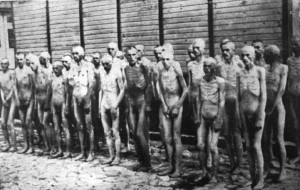The story of Ivan Denisovich is a telling tale of the human spirit and it’s will to survive. The author was able to make you feel the emotions of what life was truly like in the typical day of an inmate in the gulag. Ivan story seems to be a typical story of an individual that was accused of being a spy and guilty of treason against the soviet empire. The fact that other individuals in the same camp found themselves there under the same pretext shows it was a rather common crime, or in other words was a crime the government used to classify someone they believed had done something wrong. The fact a person had to make a choice to either face a firing squad if they denied the charge or admit to treason and go to the gulag show that the government had no desire to find out if there was any merit to the accusation.
The author highlighted the theme, not of escape, freedom, injustice; allusion to these theme appear throughout the account, yet while important, these themes to an inmate are irrelevant. Nothing can change why they are in the gulag. The only thing a prisoner can think about is survival. The account brings to the fore this issue by placing emphasis on two reoccurring areas, food and warmth. The amount of time in just one day a person thinks about food and the extent that a person’s life revolves around getting food only to make it to the next day. So much effort by the author goes into describing food, the rationing out of it, when and how much, as well as the type and the result of deprivation of food. The book really puts into perspective the condition of the gulag, and the human spirit will to survive.

